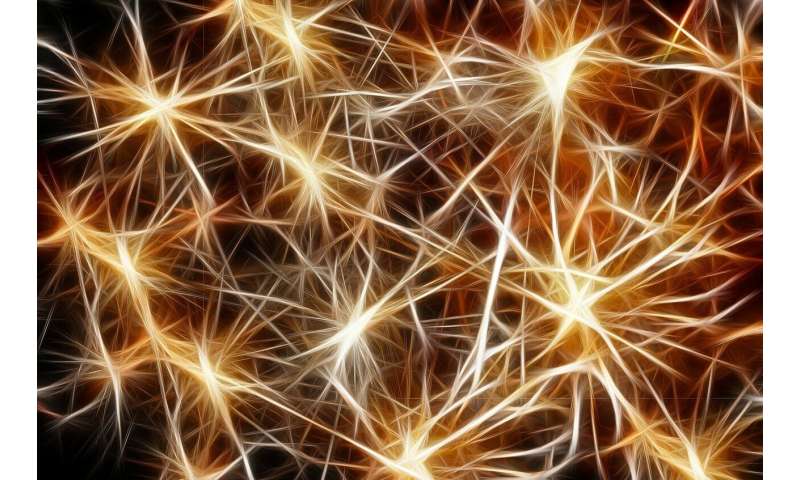
If pregnant women take significant amounts of the psychostimulants coffee, nicotine and amphetamine during pregnancy, their children have a higher risk of developing neurological and psychiatric problems later in life. Researchers at MedUni Vienna’s Center for Brain Research have now successfully identified the regions of the brain that act as “hot spots” for psychostimulants and discovered that the mother’s reactions to these substances are substantially different from those of their baby. This study has now been published in the multidisciplinary journal PNAS.
Drug abuse during pregnancy carries a considerable risk and negatively impacts fetal development. Even though the mother does not react particularly strongly to certain psychostimulants, these drugs can nonetheless permanently affect brain development of her baby or child.
The precise areas of the brain that are affected by maternal drug consumption were hitherto unknown. The recent study conducted by MedUni Vienna’s Center for Brain Research, working in conjunction with the Swedish Karolinska Institute, has now shown that episodic exposure to amphetamine, nicotine or caffeine during pregnancy triggers an extensive malfunction in the fetal brain, which specifically affects the development of the indusium griseum (IG). The IG is a cerebral area that reacted to all psychostimulants tested in a mouse model.
“In the indusium griseum, we found a new type of neuron that is affected by psychostimulants, in that they greatly inhibit its development so that the baby is born with neurons still in a fetal-like state. A major consequence of this is that these cells are no longer able to integrate appropriately into the brain in the long term,” explains principal investigator Tibor Harkany from MedUni Vienna’s Center for Brain Research.
For their analysis, the researchers combined conventional neuroanatomy with the very latest RNA sequencing techniques to show how molecular impairments occur in neurons of the indusium griseum. “In particular, the level of a certain protein, secretagogin, is reduced. This deficiency impairs the mechanism by which neurons are able to process information. This has also been proven in genetic models. Mice that do not have this protein respond to psychostimulants such as methamphetamine more strongly and with an increased risk of developing epilepsy,” explains lead author of the study Janos Fuzik from MedUni Vienna’s Center for Brain Research. The result: Children could also develop an increased risk of neurological complications later on, because the anatomical structure of the indusium griseum is also present as a thin layer of gray matter in the human brain.
Neuronal population in the human IG documented for the first time
According to Harkany, a “surprising observation” was that there is any neuronal population in the indusium griseum of men at all. “Up until now, science believed that there are no neurons, or only a tiny numbers of neurons, in this area,” he says. Whether the function of these neurons in the human brain is equivalent to those of mice needs further study, though.
Source: Read Full Article
